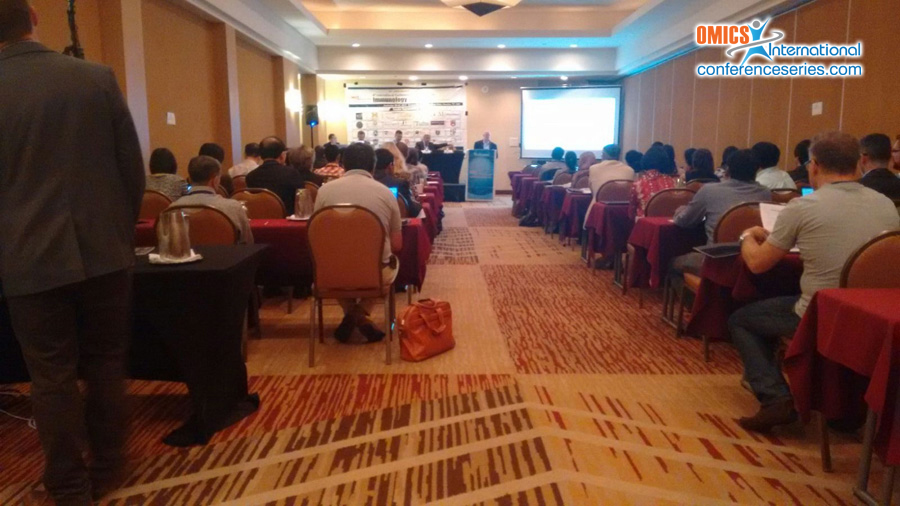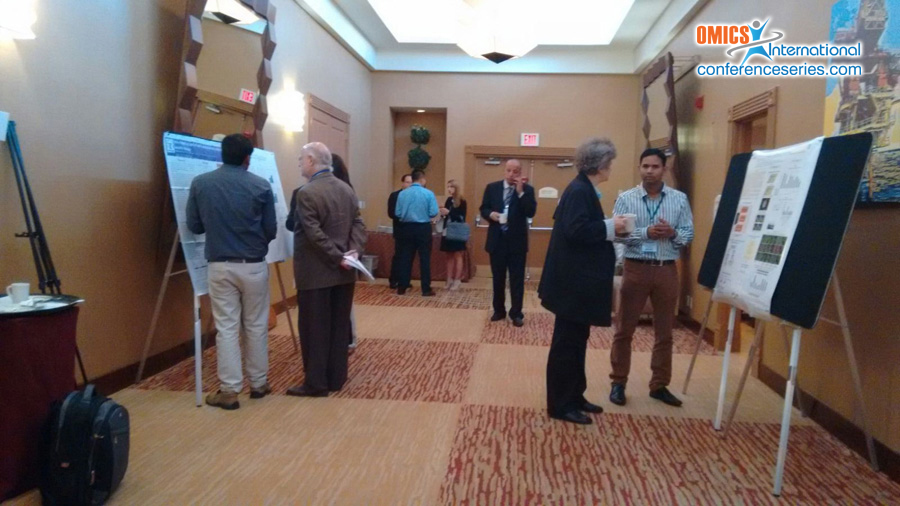
Praveena T
Monash University, Australia
Title: The structural and molecular insights into natural killer T cell receptor (NKT) and CD1d-glycolipid recognition
Biography
Biography: Praveena T
Abstract
Natural killer T cells (NKT) are an innate-like population of T lymphocytes that recognize lipid antigens presented on the major histocompatibility complex (MHC)-like molecule CD1d. Upon activation, NKT cells release an array of Th1 and Th2 cytokines that confers ability to influence immune outcomes in a broad range of diseases, including cancer, tumor immunity, autoimmunity, allergy and infection.Thus their immunomodulatory potential enables them to be of important therapeutic targets. NKT cells are widely studied in mice and humans and possess two main subsets, type I and type II. Type I NKT cells typically express an invariant α-chain (Vα14-Jα18 in mice, Vα24-Jα18 in humans) paired with a broad spectrum of β-chains (Vβ8.2, Vβ7 and Vβ2 in mice and Vβ11 in humans) and recognize α-Galactosylceramide (α-Galcer) and termed as ‘semi-invariant’ (iNKT) cells. Type II NKT cells express a diverse TCR repertoire and do not recognize α-Galcer. We have identified a new subset of NKT cells in humans that do recognize α-Galcer presented by CD1d but express different TCRs from that of Inkt cells and termed as ‘Vα24- or non-canonical TCRs’. It is important to note, the prototypical NKT cell antigen, α-Galcer is undergoing phase I/II clinical trials. In our study, we have solved the crystal structure of a non-canonical NKT TCR-CD1d/α-Galcer complex and investigated the structural and molecular basis of glycolipid recognition. Thus, our results shed light in understanding the mechanism of lipid antigen recognition and would aid in designing new immunotherapeutic agents to modulate immune responses in various clinical settings.
Speaker Presentations
Speaker PDFs
Speaker PPTs Click Here




